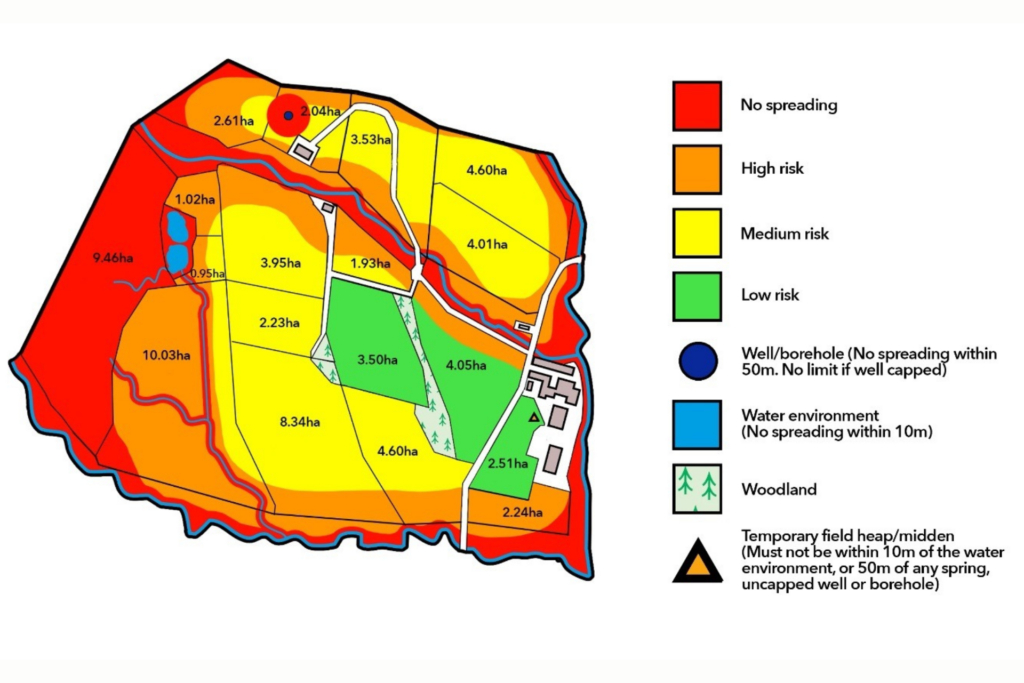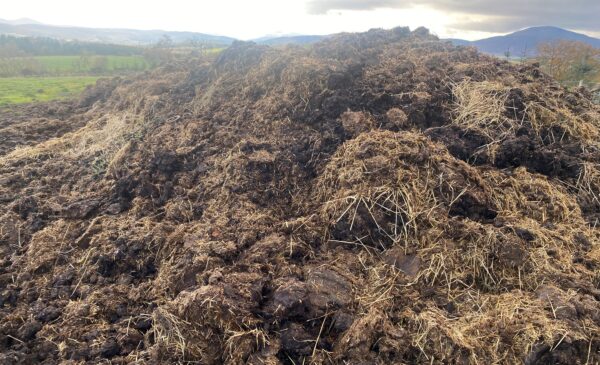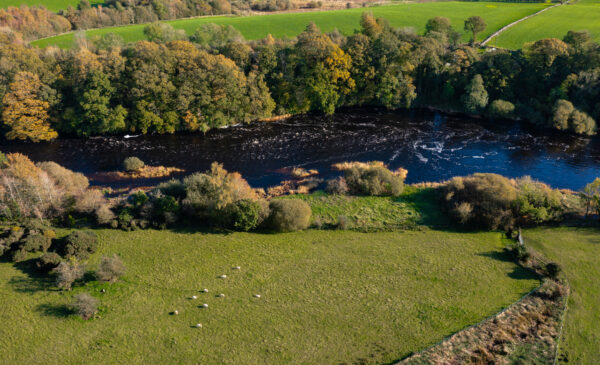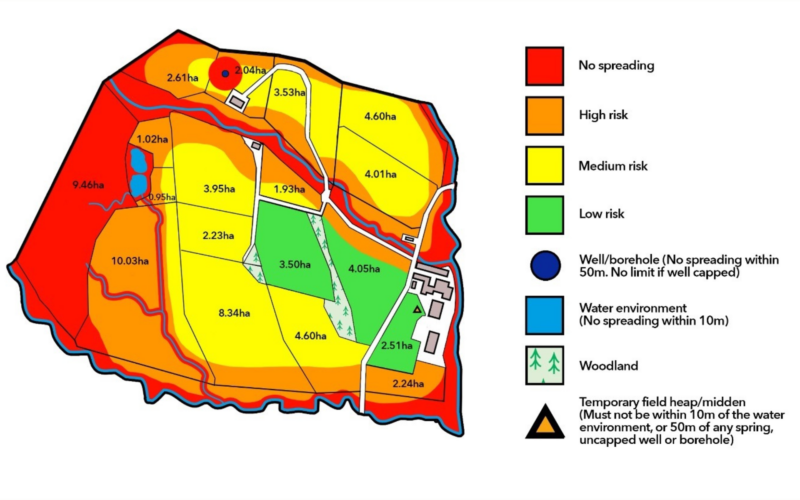A Risk Assessment for Manures and Slurries (RAMS) is an essential tool for Scottish farmers, not only for promoting sustainable farming practices and protecting the water environment but also to maintain compliance with regulatory requirements. Undertaking a RAMS assessment helps farmers identify, evaluate, and manage the risks associated with applying manures and slurries on their land by providing a visual representation of the spreading risk associated with the land within the farm boundaries. Below are some key reasons why a Scottish farmer should consider undertaking a RAMS assessment.
| Aspect | Rationale |
| Protection of the water environment | Manures and slurries are rich in nutrients like nitrogen and phosphorus, which, if not managed correctly, can leach into water bodies and contribute to nutrient pollution. Scotland’s rivers, lochs, and coastal waters are highly susceptible to nutrient pollution, which can result in algal blooms that harm aquatic ecosystems, reduce biodiversity, and impact water usability for drinking, recreation, and fishing |
| Promoting soil health and sustainable farming | Applying manures and slurries without understanding the soil’s nutrient levels and capacity can lead to soil degradation, including nutrient imbalances and a decline in soil structure. The RAMS assessment involves evaluating soil type, current nutrient levels, and potential saturation points, ensuring that the right amount of manure is applied to support crop growth without overloading the soil. This sustainable approach helps maintain soil health, supports crop yields, and reduces the need for inorganic fertilisers |
| Maximising farm resources and value | Fertilisers, including manures and slurries, represent a significant investment for farmers. A RAMS assessment allows farmers to use these resources efficiently by applying only the necessary amount of nutrients to the right areas at the right times. By doing so, farmers can reduce wastage, lower their input costs, and maximise the value of their manure and slurry applications. This leads to economic benefits and minimises the potential environmental harm from excess nutrient application |
| Climate change adaptation | Scotland’s climate, with its heavy rainfall and frequent wet conditions, presents unique challenges for nutrient management. RAMS assessments help farmers identify times and methods for application that are less likely to result in nutrient runoff or emissions, even under changing weather patterns. Additionally, by managing manures and slurries more efficiently, farmers can reduce greenhouse gas emissions, particularly methane and nitrous oxide, which contribute to climate change |

Figure 1 Example Risk Assessment for Manure and Slurry (RAMS) Map
A RAMS assessment requires an evaluation of the land held by a business or farm to determine its suitability for spreading slurries and manures, and this will be influenced by several factors. As a general rule of thumb, soil type, topography and history of improvement all play important roles in how appropriate a field is to spread on. The assessment should be accompanied by a map to provide a visual representation of what land can and cannot be spread on, this is done by allocating risk categories (low, medium and high), areas where no spreading can be done and should also include buffer areas around watercourses, as well as the location of boreholes, wells and other relevant land features.
| No spreading | Land maintained in a semi-natural habitat that makes spreading ill-advised or impractical |
| High risk | Slopes with a gradient of between 8 and 110 (approximately 1 in 7 to 1 in 5)
Areas with a risk of flooding more often than one in five years Fields with drainage installed in previous 12 months Poorly drained, waterlogged or severely compacted land |
| Medium risk | Slopes with a gradient of between 4 and 70 (approximately 1 in 14 to 1 in 8)
Land sloping towards watercourses or water supplies Imperfectly drained or saturated land |
| Low risk | Slopes with a gradient up to 30 (approximately up 1 in 19)
Land with no artificial drainage |
General Binding Rule 18 within the Controlled activities Regulations and cross compliance to maintain a RAMS map and should make it available during a land inspection from the Rural Payments and Inspections Division (RPID). The RAMS must also be available to anyone (contractor / employee) spreading slurry or Dung to farmland.
For those looking to complete a RAMS assessment, Scotland’s Farm Advisory Service offers specialist advice support for Water Pollution, Prevention and Control, worth up to £1,600 which can be used to do this.
Related resources

Working towards weatherproofing
Rebecca Audsley, SAC Consulting
Farmers have always worked with the weather, but we are seeing an increase in both…

Management of Farmyard Manure on farm
Stephen Field, SEPA
Farm yard manure (FYM) from livestock production has always been a valuable source of fertiliser,…

Environmental authorisations in Scotland are changing
Andrew Wallace, SEPA
From 1 November 2025, the way many farming activities are regulated in Scotland is changing.…

